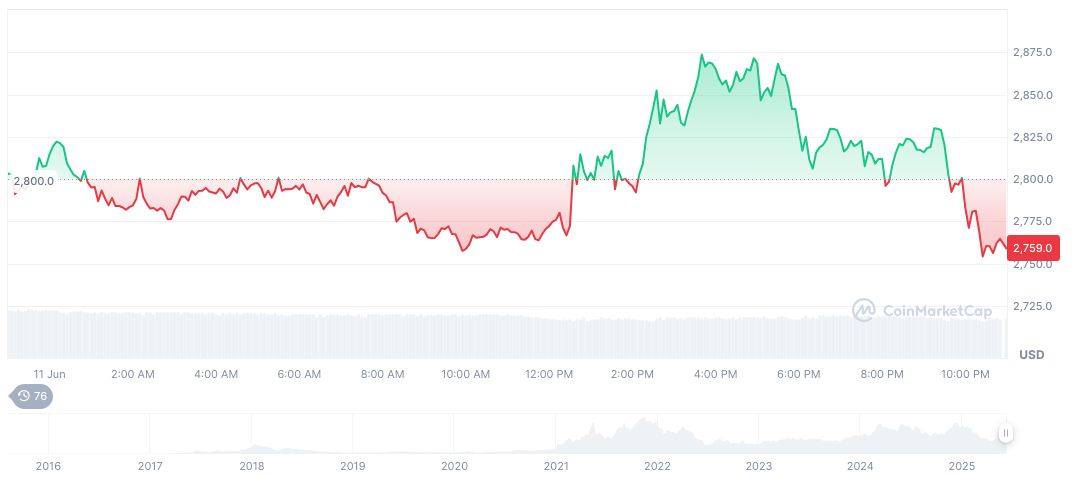China and the U.S. held their first Economic and Trade Consultation Mechanism meeting in London from June 9 to 10, 2025. The meeting is crucial in reinforcing previous agreements to reduce trade tensions, with both nations highlighting plans to continue communication.
China-U.S. trade representatives convened in London, marking the inaugural meeting of the Economic and Trade Consultation Mechanism. Led by Vice Premier He Lifeng and Treasury Secretary Scott Bessent, participants aimed to build on prior discussions by addressing key economic concerns.
China-U.S. Dialogue in London Tackles Tariffs and Supply Issues
The dialogue brought clarity on several pivotal issues, notably the adjustments to tariff measures affecting rare earth materials, a cornerstone in global trade. These discussions have hinted at potential shifts in supply chain dynamics.
Markets responded positively. An upswing in Hong Kong and European stock indices was recorded, suggesting investor optimism regarding decreased tensions. Insight from the China Ministry of Commerce highlighted ongoing dialogue commitment, while the U.S. has shown intent to relax measures, according to CNBC.
“The first meeting of the China-U.S. economic and trade consultation mechanism opened here in London on Monday.” — He Lifeng, Vice Premier of China.
Historic Trade Talks Echo in 2025 Market Reactions
Did you know? Previous trade talks between China and the U.S. have historically shifted market sentiments, similar to the 2018-2019 trade war period, impacting commodities though not directly affecting cryptocurrencies at the time.
Ethereum (ETH), at $2,745.04, holds a market cap of $331.39 billion and constitutes 9.79% of market dominance, as per CoinMarketCap at 07:57 UTC on June 12, 2025. Over the past 60 days, ETH showed a 70.05% price increase, despite a recent daily dip of 1.77%.

Analysis by Coincu hints at potential breakthroughs in both economic policies and trade rule realignment, prompted by ongoing dialogues. Historical trade tension impacts, financial resiliency, and tariff resolutions will likely play crucial roles in shaping future market landscapes.




